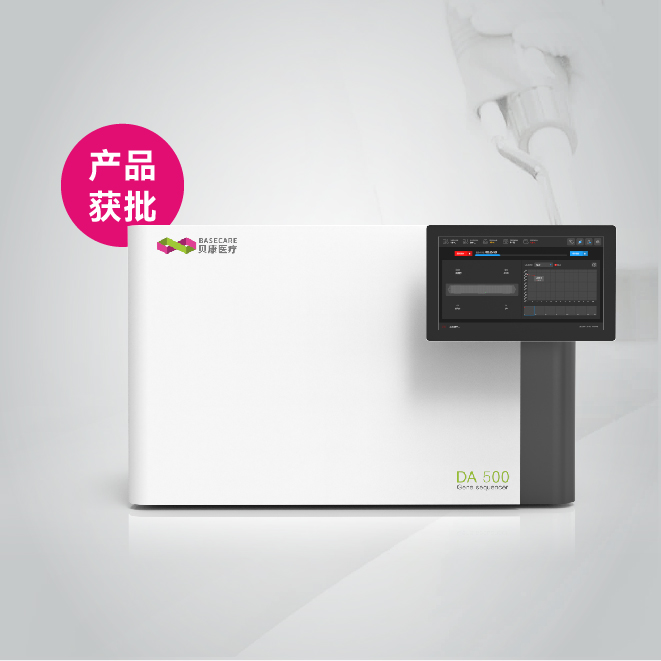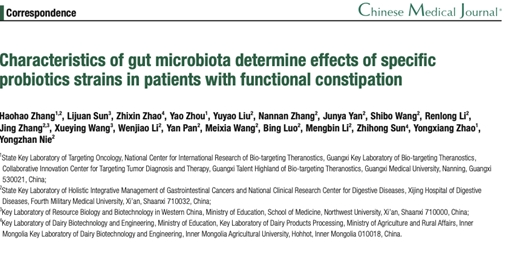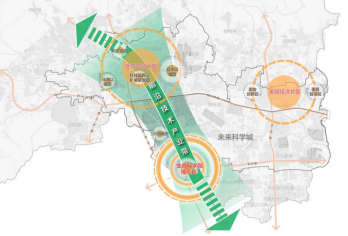This is a lab manual for discontinuous (Laemmli) denaturing SDS-PAGE and Coomassie staining. It is based on the Mini-PROTEIN 3 Cell Instruction Manual from BioRad. Please read this manual sections 1, 2, 3.2, 4.1 and 4.2. Some reagents are modified. I have taken other information from Current Protocols in Protein Science Unit 10.1. Refer to this for more background information and applications.
Solutions:
The following solutions can be made or purchased from BioRad. See p. 13-14 of the manual for more details. 10% SDS 30% Acrylamide/Bis solution, 37.5:1 1.5 M Tris-HCl pH 8.8 0.5 M Tris-HCl pH 6.8
2´ Sample Buffer
This modified version of sample buffer uses dithiothreitol (DTT) instead of b-mercaptoethanol. DTT does not have as strong a smell. Combine the following in a 15 ml conical tube and gently agitate on rotator until components are dissolved. For 10 ml: 2´ Conc. 5.5 ml water 2.5 ml 0.5 M Tris-Cl pH 6.8 125 mM 2 ml glycerol 20% 1 mg bromophenol blue 0.01% 0.4 g SDS 4% 0.31 g DTT 200 mM
Divide into 0.5 to 1 ml aliquots and store at -80°C. Working solution can be stored at -20°C. Add an equal volume of sample buffer to your sample and heat at 95°C in heat block for 4 minutes.
10´Running Buffer
60.6 g Tris base 288 g Glycine
Dissolve in 1600 ml water and bring the volume to 2 litres. Transfer to a 2 L bottle using a funnel. Put on a dust mask; do not breath SDS dust. Carefully add 20 g SDS while stirring. Adding the SDS before transfer to the bottle will result in bubbles, making transfer impossible. Dilute 50 ml of this stock with 450 ml water for each electrophoresis run and mix thoroughly.
Coomassie Stain (1 L)
0.1% coomassie R-250 40% ethanol 10% acetic acid
To 480 ml water add 420 ml 95% ethanol and 100 ml acetic acid while stirring. Add 1.0 g coomassie R-250. Transfer to storage bottle that has been rinsed to remove any precipitate.
Destain
7.5% acetic acid 10% ethanol Add 300 ml acetic acid and 420 ml 95% ethanol to 3280 ml water. Transfer to 4 L solvent storage bottle.
Gel Drying Solution (1 L)
While stirring add 40 ml glycerol and 105 ml 95% ethanol to 800 ml water. Bring volume to 1 L.
10% APS
Prepare a 10% APS solution fresh daily in a microfuge tube and adding the appropriate amount of water. (e.g. 40 mg would require 400 ml water). Maintain on ice for the day. Pouring the Gel:
Molecular Weight Markers:
I use PageRuler Prestained Protein Ladder (Fermentas cat# SM0671) and find this to be a good broad-range marker for proteins 11 to 170 kDa. Load 5 ml per lane for 10-well comb, 2.5 ml for 15-well comb.
Prepare gel solutions. 10 ml resolving and 5 ml stacking gel solution is required per 2 gels of 0.75 mm thickness. See p. 13 of manual for more info. Wear nitrile gloves when handling acrylamide. Acrylamide monomer is a neurotoxin and carcinogen. Clean up promptly if you spill it. Polymerized gels can be discarded in the trash.
Use the following guide to determine % acrylamide in resolving gel: 5% for SDS-denatured proteins 60 to 200 kDa 7.5% for proteins 50 to 120 kDa 10% for proteins 16 to 70 kDa 12.5% for proteins 15 to 60 kDa 15% for proteins 12 to 45 kDa
The % acrylamide in the stacking gel is constant.
Resolving Gel Stacking Gel
x ml 30% acrylamide/bis 37.5:1 mixture 0.8 ml 30% acrylamide/bis 35.7:1 mixture x ml water as required 2.9 ml water 2.5 ml 1.5 M Tris-HCl, pH 8.8 1.25 ml 0.5 M Tris-HCl, pH 6.8 0.1 ml 10% SDS 0.05 ml 10% SDS 10 ml final volume 5 ml Just before pouring add catalysts: 5 ml TEMED 5 ml TEMED 50 ml 10% APS 25 ml 10% APS
Notes on pouring gels:
The plates must be very clean. Lay them out on paper towels and spray with water and then 95% ethanol, scrubbing with a Kim wipe each time. Before assembling the plates, check the bottom for chips. If there is a chip that runs all the way across, discard the plate because these will not form a seal.
Insert the combs and mark 1 cm below the comb. This is the level to which the resolving gel is poured. Gel solutions can be prepared at the same time in 50 ml beakers. Keep the stacking gel (without catalysts) covered with parafilm until needed. I have never found it necessary to degas solutions as long as fresh APS solution is used. Add the TEMED and APS to the resolving gel solution and swirl gently to mix. Pour the solution up the marked line. Overlay with t-amyl alcohol using a Pasteur pipet and let polymerize 50 min to 1 hour but not longer as the alcohol will dehydrate the gel (see manual note p. 7 for gel storage). Rinse the gel surface completely with distilled water and remove traces of water with a piece of filter paper. Pour the stacking gel, insert the combs and let polymerize 30 to 45 min.
Note: Sample volumes & 7 ml do not require a stacking gel. In this case, cast the resolving gel as you normally would, but extend the resolving gel into the comb to form the well. The proteins are then separated under the same conditions as used when a stacking gel is present.
Gels can be stored up to 1 week. Wrap gels tightly in plastic wrap with combs still inserted and store upright at 4°C.
Sample preparation: For a 0.8 cm-wide well (10 well comb), 25 to 50 mg total protein in &20ml is recommended for a complex mixture when staining with Coomassie blue, and 1 to 10 mg total protein is needed for samples containing one or a few proteins. For a 15-well comb (0.75 mm thick), load the sample in &12 ml. For Western blotting, 10 fold less protein is loaded. Note: SDS in sample buffer will precipitate on ice. Thaw at room temperature and vortex to mix.
To achieve the highest possible resolution, the following precautions are recommended. Prior to adding sample buffer, keep samples on ice. Add an equal volume of 2´SDS sample buffer to the sample (still on ice) in a microfuge tube, vortex and transfer directly to 95°C heat block and incubate for 4 min. Alternately, a boiling water bath and tube floater can be used (3 to 5 min), but prepare samples in screw-cap tubes since normal microfuge tubes may pop open when boiling. Do not leave samples in SDS sample buffer at room temperature without first heat-treating to inactivate proteases. Proteases are very active in SDS sample buffer. Once heated, samples can sit at room temperature for the time it takes to load samples. They can be stored for hours on ice or long term at -20°C.
After the stacking gel is polymerized, remove combs and rinse the wells immediately with distilled water to remove unpolymerized acrylamide. Assemble gels in the tank, load and run at 200 V (constant V). It takes about 40 min for the dye front to reach the bottom.
Coomassie staining:
Take the gel apart and stain in 100 ml coomassie dye solution in a plastic container. Place the container, loosely covered, in the microwave. Microwave on high power for 1 min. Shake gently for 15 min. Pour off the dye (can be reused once) and rinse the gel in tap deionized water. Add 100 ml destain and microwave as above. Shake the gel until desired level of destaining is reached (up to overnight).
To dry the gel, pour off the destain and rinse in tap deionized water. Soak in gel drying solution for 5 min. Cut 2 pieces of gel drying film (Fisher # PRV7131) to the same size as the cassette. Completely wet each piece in gel drying solution, lay down one piece on the plexiglass cassette, removing bubbles. Place gels on top and saturate with solution. Slowly place the second piece of film on top, eliminating all bubbles. Top with second plexiglass piece and clamp firmly. Leave undisturbed overnight to dry completely.







